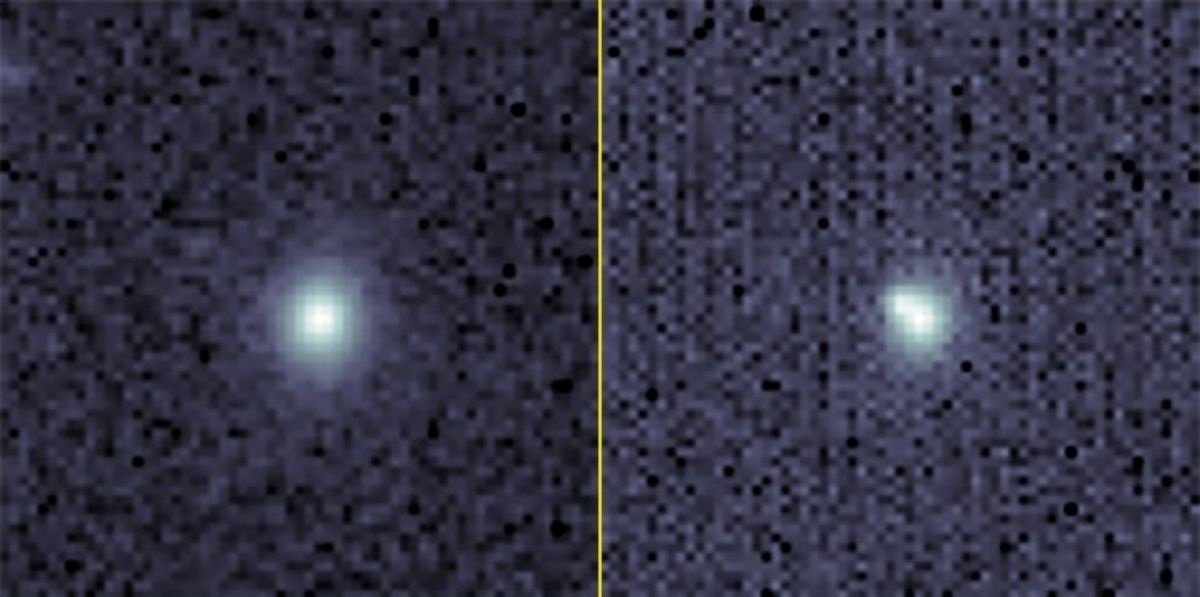On October 5, 2023, an artificial intelligence (AI) system called Bright Transient Survey Bot (BTSbot) detected, identified, and classified its first supernova without human intervention. “For the first time ever, a series of robots and AI algorithms has observed, then identified, then communicated with another telescope to finally confirm the discovery of a supernova,” said Northwestern’s Adam Miller, who led the work.
Also read: How ISRO's Aditya-L1 is different from NASA's Parker Solar Probe?
Currently, the process is time-consuming and labour-intensive. The traditional method involves using robotic telescopes to take repeated images of the same sections of the night sky. These images are then visually inspected by astronomers to look for new sources of light. If a new source of light is found, astronomers will use follow-up observations to determine if it is a supernova.
What is BTSbot?
BTSbot was developed by a team of scientists at Northwestern University in the United States. The system was trained on a massive dataset of images of supernovas and other celestial objects. This dataset included over 1.4 million images from nearly 16,000 sources.
How does it work?
 A before (left) and after image of the galaxy where SN2023tyk occurred. (Image: Northwestern University)
A before (left) and after image of the galaxy where SN2023tyk occurred. (Image: Northwestern University)
BTSbot discovered a new supernova named SN2023tyk. BTSbot detected the supernova in data from the Zwicky Transient Facility (ZTF), a robotic camera in California that scans the northern sky every two days.
Miller explains, “We can only definitively know that a candidate is truly a supernova by collecting its spectrum – the source’s dispersed light, which reveals elements present in the explosion.”
BTSbot automatically requested the potential supernova's spectrum from Palomar Observatory, where another robotic telescope, the Spectral Energy Distribution Machine (SEDM), performed an in-depth observation to obtain the spectrum. The spectrum was then sent to SNIascore, a tool developed by Caltech astronomer Christoffer Fremling, to determine the supernova's type.
Significance of AI in Astronomy
The discovery of a supernova by the AI tool BTSbot is a significant milestone in astronomy for several reasons. First, it demonstrates the potential of AI to revolutionize the way that astronomers discover and study supernovae.
AI can be used to scan large volumes of data from robotic telescopes much faster and more efficiently than humans can all the while reducing the risk of false positives. This means that AI could help astronomers discover many more supernovae, especially those that are faint or distant.
“Ultimately, removing humans from the loop provides more time for the research team to analyze their observations and develop new hypotheses to explain the origin of the cosmic explosions that we observe.” added Miller.
Also read: What is Space Junk (Debris) and why is it a global threat?
Comments
All Comments (0)
Join the conversation